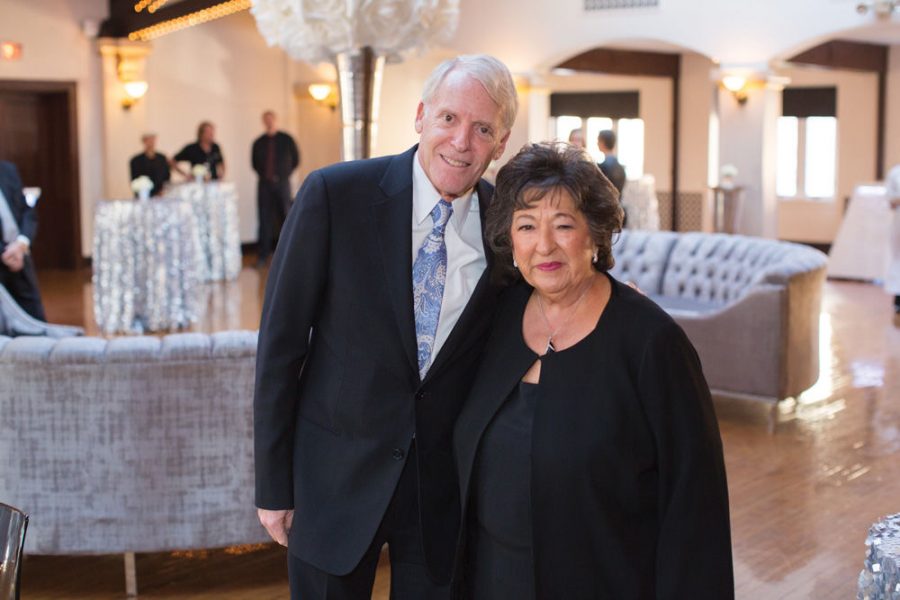Exploring jewelry as an enduring art form
Published September 6, 2019
I was once again thrilled by an exhibition at the Metropolitan Museum of Art in New York City. Titled “Jewelry: The Body Transformed,” the exhibit is described in the museum’s brochure — “What is jewelry? Why do we wear it? What meaning does it carry?
“Traversing time and space, this exhibition explores how jewelry acts upon and activates the body it adorns. A global conversation about one of the most personal and universal of art forms, it brings together some 230 objects drawn almost exclusively from The Met collection. A dazzling array of headdresses and ear ornaments, brooches and belts, necklaces and rings are on view along with sculptures, paintings, prints and photographs.”
The exhibition’s catalogue goes on to say, “As an art form, jewelry is defined primarily through its connection to and interaction with the body – extending it, amplifying it, accentuating it, distorting it, concealing it, or transforming it. Addressing six different modes of the body — Adorned, Divine, Regal, Transcendent, Alluring and Resplendent — this artfully designed catalogue illustrates how these various definitions of the body give meaning to the jewelry that adorns and enhances it.”
ADVERTISEMENT
People are always fascinated with jewels and jewelry. We run to see the Crown Jewels in London and if touring Colombia, the Gold Museum is always on the list.
Of course we see and admire jewelry on a daily basis, but this inspiring exhibition shed a new light on the subject. Everywhere I turned, I noticed article after article on jewelry. I opened the New York Times and art critic Holland Cotter wrote about, “Good as Gold: Fashioning Senegalese Women,” an exhibition that recently showed at The National Museum of African Art. Cotter says, “The show was based on a collection of spectacular Senegalese gold jewelry given to the museum by the art historian Marian Ashby Johnson in 2012. Most of the elaborately filigreed necklaces, bracelets and earrings date from the 20th century. And although produced by male goldsmiths, they were often commissioned by women who had a hand in dictating design.”
On my way home from my New York venture, I picked up a copy of the American Way, American Airlines’ magazine. In it were beautiful photographs by British photographer Jimmy Nelson who spent summers with his geologist father in remote locations in South America, Asia, Australia and Africa. He wound up in Tibet and brought his camera and launched a 30-year career capturing images of traditional and tribal communities. The photographs pictured elaborate headdresses and gorgeous silver jewelry. The jewelry was worn to protect the wearer from evil spirits.
ADVERTISEMENT
When I Googled the history of jewelry, article after article described the history of jewelry through the ages and the globe. Of course I remembered Sidney Goldstein, past curator of ancient art at the St. Louis Art Museum, and the fabulous exhibitions that he produced for us. My favorite had an odd title, but displayed incredible ruby, emerald and diamond jewelry, swords, encrusted with fine jewels and other gorgeous jeweled objects. The exhibition was actually titled, “Treasury of the World: Jeweled Arts of India in the Age of the Mughals.” Goldstein also reminded me that much of the jewelry was actually worn by men.
We also talked of some of the treasures from all over the world in the St. Louis Art Museum’s collection such as the gallery of Pre-Columbian gold and the early Egyptian necklaces and the rare Greek Byzantine solid gold bracelet.
David Conradsen, curator of Decorative Arts and Design at our museum, reminded me that although we don’t really have a jewelry collection at the museum, virtually every gallery has works showing people wearing jewelry, whether depicted in paintings, or on ceramic works or other objects.
Of course metal workers and jewelry makers often sell their wares at Craft Alliance Center of Art and Design in the Delmar Loop and you can find some of the artists at work in their Grand Center location. Peg Fetter, Roger Rimel and Larissa Loden are three of the very well-known jewelry makers involved with Craft Alliance.
And our homegrown Adam Foster is one of St Louis’ most well-known jewelry designers. Foster says, “I have great respect for tradition and intricate workmanship fuels my desire to create personal, contemporary pieces with a classical connection to the past.”
For more of Nancy Kranzberg’s commentary, listen to KWMU (90.7) St. Louis on the Air the first Friday of each month at approximately 12:50 p.m. She also hosts a weekly Arts Interview podcast for KDHX (88.1), available at artsinterview.kdhxtra.org.
















